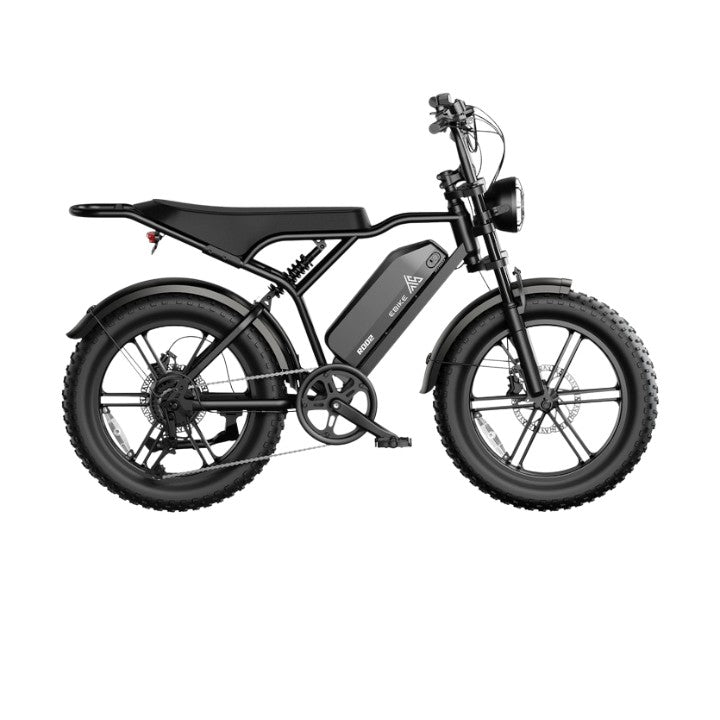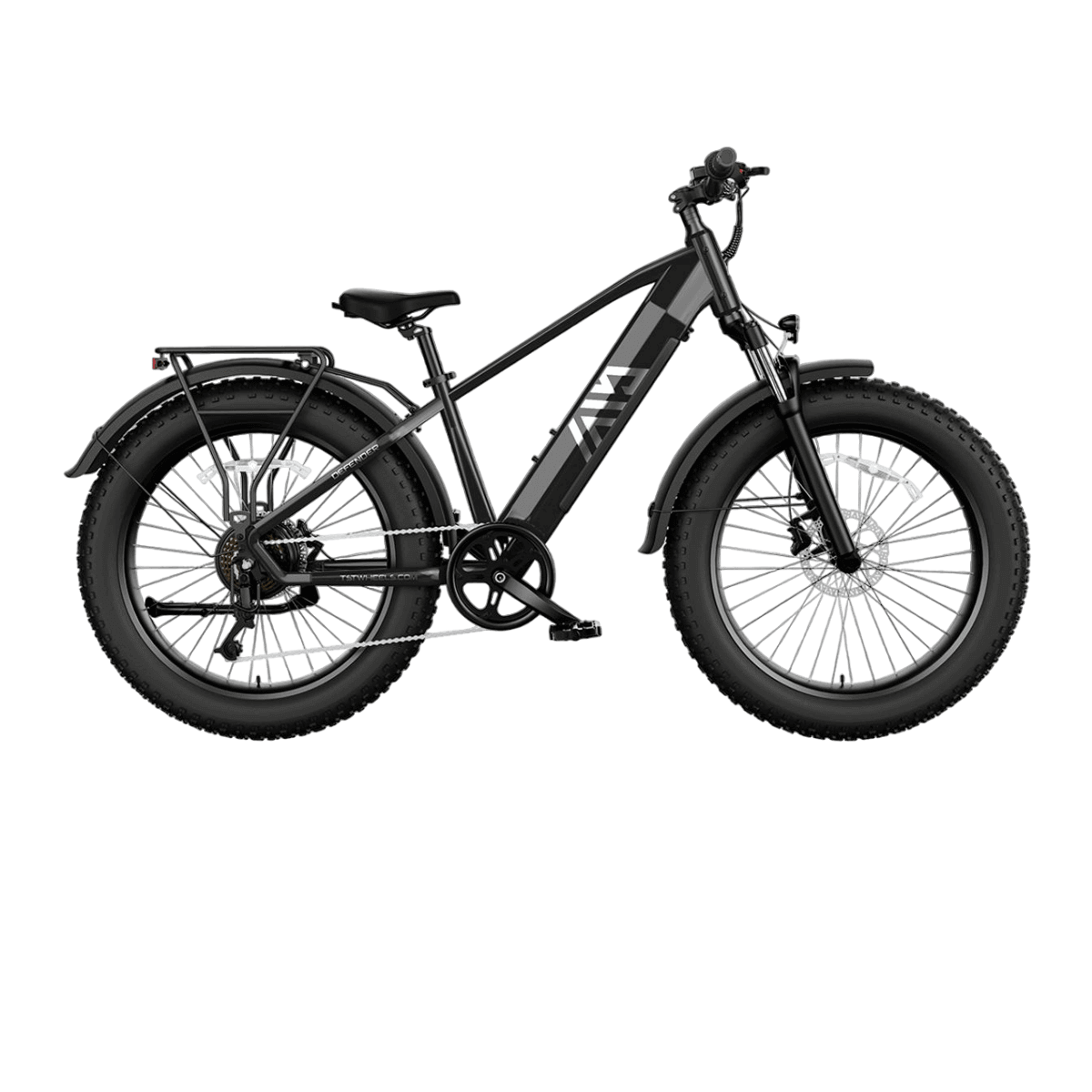The ideal tyre pressure for a road bicycle depends on your weight, tyre width, riding conditions, and bike setup. For most riders using 25mm tyres, recommended pressures range from 73–108 psi (5–7.4 bar), adjusted for body weight and road conditions. Proper tyre pressure optimizes speed, comfort, grip, and puncture resistance, transforming your road bicycle experience.
How Does Rider Weight Influence Tyre Pressure for Road Bicycle?
Rider weight is the most critical factor when setting tyre pressure for road bicycle performance. Heavier riders need higher pressures to prevent pinch flats and maintain speed, while lighter riders can use lower pressures for comfort and grip. A common rule is to use 10% of your body weight in kilograms as your starting pressure in bar. For example, a 75kg rider would start at 7.5 bar (about 109 psi).
Chart: Recommended Tyre Pressure for Road Bicycle by Rider Weight (25mm Tyre)
| Rider Weight (kg) | Recommended Pressure (psi/bar) |
|---|---|
| ≤50 | 73 psi / 5.0 bar |
| 51–57 | 78 psi / 5.4 bar |
| 58–65 | 83 psi / 5.7 bar |
| 66–73 | 88 psi / 6.1 bar |
| 74–81 | 93 psi / 6.4 bar |
| 82–88 | 98 psi / 6.8 bar |
| 89–96 | 103 psi / 7.1 bar |
| ≥97 | 108 psi / 7.4 bar |
What Role Does Tyre Width Play in Road Bicycle Tyre Pressure?
Tyre width directly impacts the optimal pressure for a road bicycle. Wider tyres (28mm, 30mm, or more) require lower pressures than narrower ones (23mm, 25mm) to maximize comfort and grip. For example, a 28mm tyre for a 70kg rider may need just 5.5 bar (80 psi), while a 23mm tyre could require 7.0 bar (100 psi). Always check the sidewall for manufacturer limits.
Chart: Tyre Pressure for Road Bicycle by Tyre Width (70kg Rider Example)
| Tyre Width | Recommended Pressure (psi/bar) |
|---|---|
| 23mm | 100 psi / 7.0 bar |
| 25mm | 90 psi / 6.2 bar |
| 28mm | 80 psi / 5.5 bar |
| 30mm | 70 psi / 4.8 bar |
How Do Road Conditions and Weather Affect Tyre Pressure for Road Bicycle?
Road surface and weather conditions should guide fine-tuning of tyre pressure for a road bicycle. On rough or wet roads, reduce pressure by 5–7 psi (0.3–0.5 bar) to improve grip and comfort. On smooth tarmac, slightly higher pressures can reduce rolling resistance. In hot weather, lower initial pressure to account for heat expansion, while cold weather may require a small increase.
Why Is Tyre Construction Important for Tyre Pressure on Road Bicycle?
The construction and casing of your tyre influence how much pressure is optimal. Racing tyres with supple, high-thread-count casings can run higher pressures for speed, while robust winter or training tyres need less pressure for durability. Tubeless tyres allow for lower pressures without pinch flat risk, while clinchers with tubes generally require higher pressure.
What Tools and Techniques Help Set Tyre Pressure for Road Bicycle?
A quality floor pump with a precise gauge is essential for setting tyre pressure for a road bicycle. Digital pressure gauges offer even more accuracy. Always check pressure before each ride, as tyres naturally lose air over time. Adjust pressure for front and rear tyres, as the rear typically carries more weight and may need 5–10 psi more than the front.
How Do TST EBike Models Address Tyre Pressure for Road Bicycle and E-Bike Riders?
TST EBike offers both 26-inch and 27-inch models, each with unique tyre pressure requirements. The 26-inch models, ideal for rough terrain, use wider tyres and lower pressures (often 35–50 psi), while 27-inch models for commuting and mountain biking use narrower tyres and higher pressures (60–90 psi). TST EBike’s commitment to quality ensures their bikes are equipped with tyres designed for optimal pressure, safety, and performance.
Which Factors Require Special Attention When Adjusting Tyre Pressure for Road Bicycle?
Consider rider weight, tyre width, road conditions, and weather when adjusting tyre pressure. Overinflation reduces grip, while underinflation increases rolling resistance and flat risk. Balance is key for performance and comfort.
- Rider Weight: Heavier riders need higher pressure.
- Tyre Width: Wider tyres = lower pressure.
- Riding Surface: Rough or wet roads = lower pressure.
- Weather: Hot = lower starting pressure; cold = slightly higher.
- Bike Load: Extra gear or bikepacking requires higher pressure.
- Tyre Construction: Tubeless can go lower; tubes need more.
Buying Tips
When buying a pump or gauge for tyre pressure for road bicycle use, prioritize accuracy and durability. Choose a pump with a clear, easy-to-read gauge, and consider a digital gauge for fine-tuning. Always check the tyre and rim for maximum pressure ratings and never exceed them. TST EBike recommends checking pressure before every ride and adjusting for conditions. For e-bike models, follow manufacturer guidelines, as the added weight may require slightly higher pressures than standard road bikes.
TST EBike Expert Views
“Tyre pressure for road bicycle performance is a delicate balance between speed, comfort, and safety. At TST EBike, we emphasize the importance of regular pressure checks and adjustments based on your weight, tyre width, and riding conditions. The right pressure transforms your ride-delivering grip, efficiency, and confidence across every mile.” – TST EBike Technical Team
FAQ
What is the best tyre pressure for road bicycle use?
It depends on your weight, tyre width, and conditions, but most riders use 73–108 psi (5–7.4 bar) for 25mm tyres.
Should I use higher pressure in the rear tyre?
Yes, the rear tyre usually carries more weight and may need 5–10 psi more than the front.
How often should I check tyre pressure for road bicycle rides?
Check before every ride, as tyres lose air over time and conditions change.
Can I use the same pressure for tubeless and tube tyres?
No, tubeless tyres can run lower pressures safely; tubes require higher pressure to avoid pinch flats.
What happens if my tyre pressure is too high or too low?
Too high: harsh ride, less grip, more vibration. Too low: increased puncture risk, sluggish handling, rim damage.





Leave a comment
All comments are moderated before being published.
This site is protected by hCaptcha and the hCaptcha Privacy Policy and Terms of Service apply.